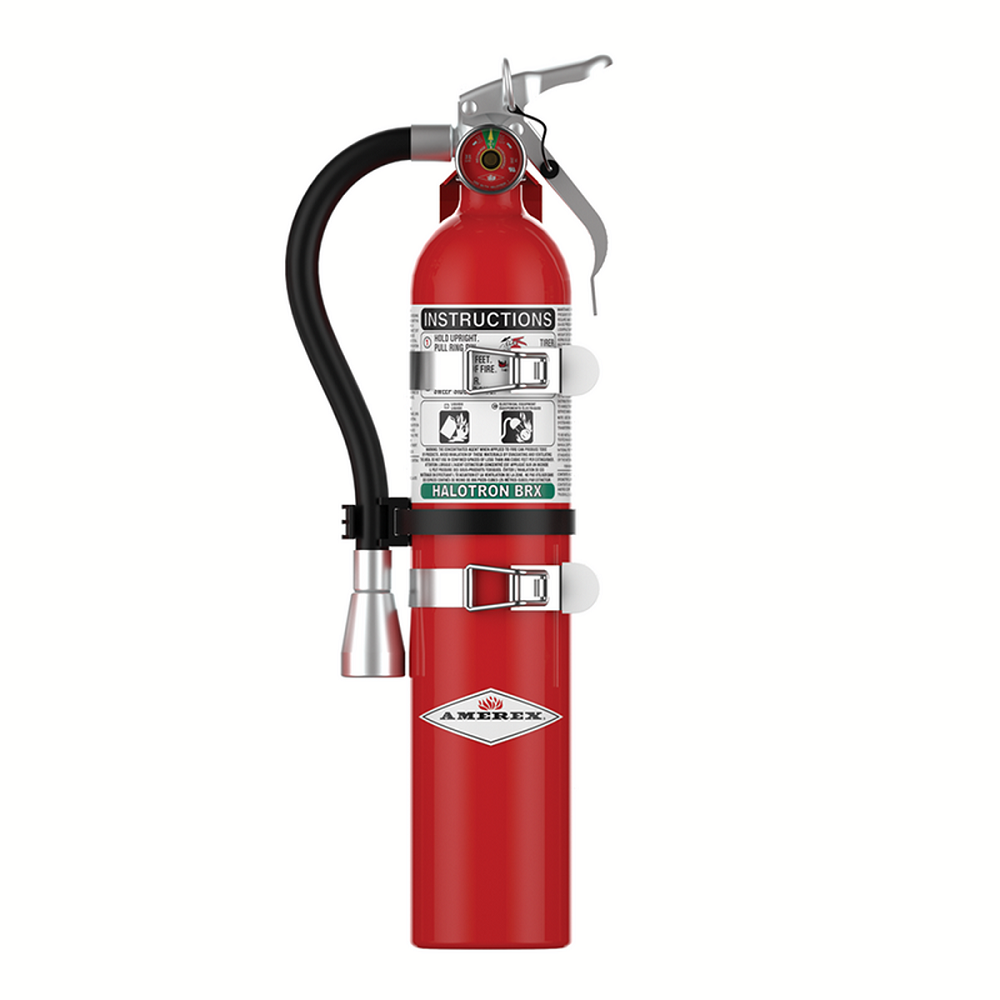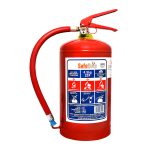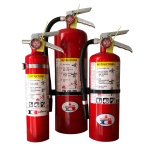Fire safety is a critical concern in both residential and commercial settings. Knowing how to combat fires effectively can save lives and property. Among the various methods for extinguishing fires, sodium bicarbonate fire extinguishers are noteworthy for their effectiveness and ease of use. This article will serve as your guide to understanding sodium bicarbonate fire extinguisher, their applications, and best practices for fire safety.
Understanding Sodium Bicarbonate
What is Sodium Bicarbonate?
Sodium bicarbonate, commonly known as baking soda, is a white crystalline powder with a variety of uses, from cooking to cleaning. In the context of fire safety, sodium bicarbonate acts as a fire suppressant because it releases carbon dioxide when heated. This carbonation helps to smother flames and reduce oxygen supply, effectively extinguishing certain types of fires.
Chemical Reaction and Benefits
When sodium bicarbonate is exposed to high temperatures, it undergoes a chemical reaction, producing carbon dioxide gas and water vapor. This reaction not only cools the flames but also creates a barrier that inhibits the fire’s growth. The benefits of using a sodium bicarbonate fire extinguisher include its non-toxic nature, effectiveness against grease and electrical fires, and its ease of storage. As a household remedy and fire safety tool, sodium bicarbonate serves multiple purposes and is a smart addition to your emergency kit.
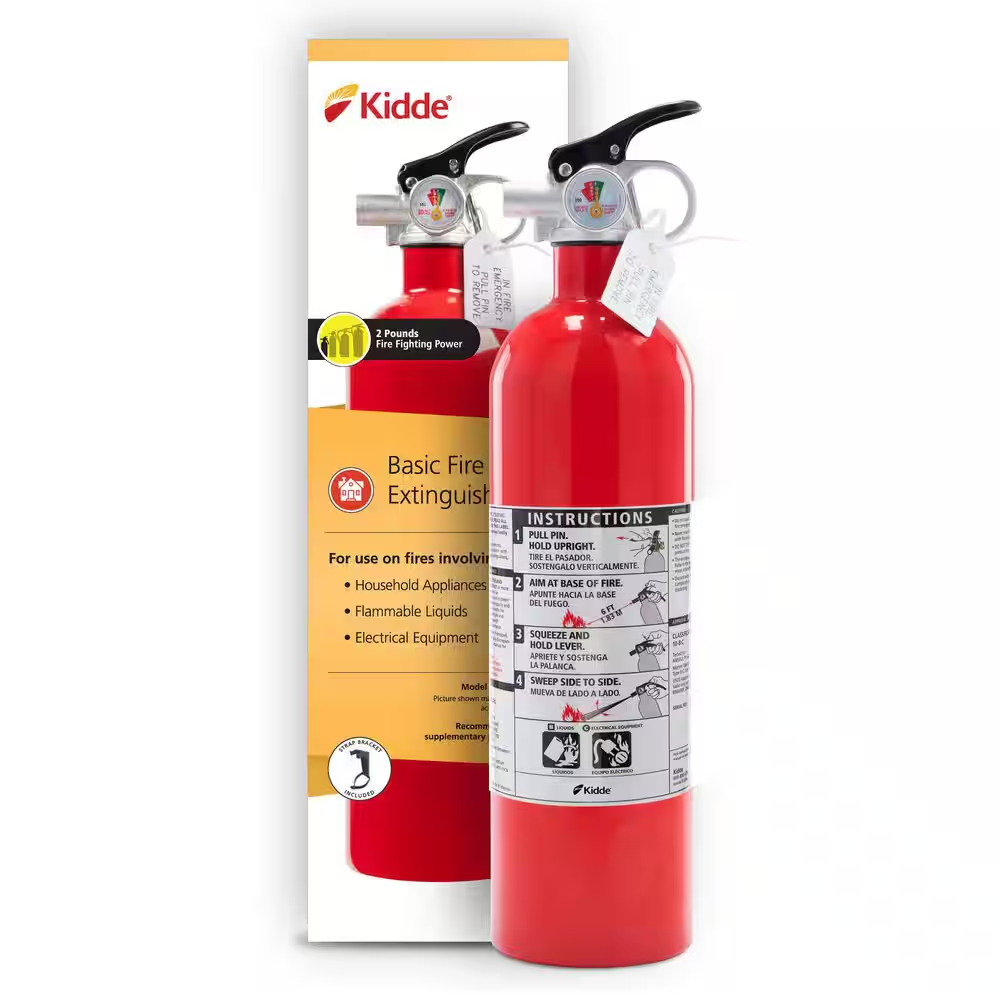
Types of Fires Sodium Bicarbonate Can Extinguish
Class B Fires: Flammable Liquids
Sodium bicarbonate fire extinguishers effectively combat Class B fires, which involve flammable liquids like gasoline, oil, and grease. These fires are common in kitchens and garages, making sodium bicarbonate a practical choice for homes and businesses. The ability to smother flames is particularly valuable in these scenarios, where flammable liquids can quickly escalate a small fire into a dangerous situation.
Class C Fires: Electrical Fires
Another key application of sodium bicarbonate extinguishers is in fighting Class C fires, which involve electrical equipment. Traditional water-based extinguishers are unsafe in this context, as water conducts electricity and can lead to electric shocks. In contrast, sodium bicarbonate is non-conductive, making it a safe option for dealing with electrical fires in appliances and wiring. Protecting yourself and your property in emergencies requires the right tools, and sodium bicarbonate extinguishers fit the bill.
Choosing the Right Sodium Bicarbonate Extinguisher
Size and Capacity
When selecting a sodium bicarbonate fire extinguisher, consider its size and capacity. Extinguishers come in various sizes, typically ranging from 5 to 20 pounds. The larger the extinguisher, the more fire-fighting agent it contains. For home use, a 5-pound extinguisher is usually sufficient for general fire risk. In contrast, commercial settings may require larger units for extensive protection. Selecting the right size ensures that you have enough agent to tackle a fire effectively.
Certification and Ratings
Check that the extinguisher you choose has the appropriate certifications and ratings. Look for models labeled with the UL (Underwriters Laboratories) certification, which indicates that the extinguisher meets safety standards for performance and reliability. Additionally, ensure that it is rated for Class B and Class C fires. This certification not only guarantees quality but also helps you choose the most effective extinguisher for your specific needs.
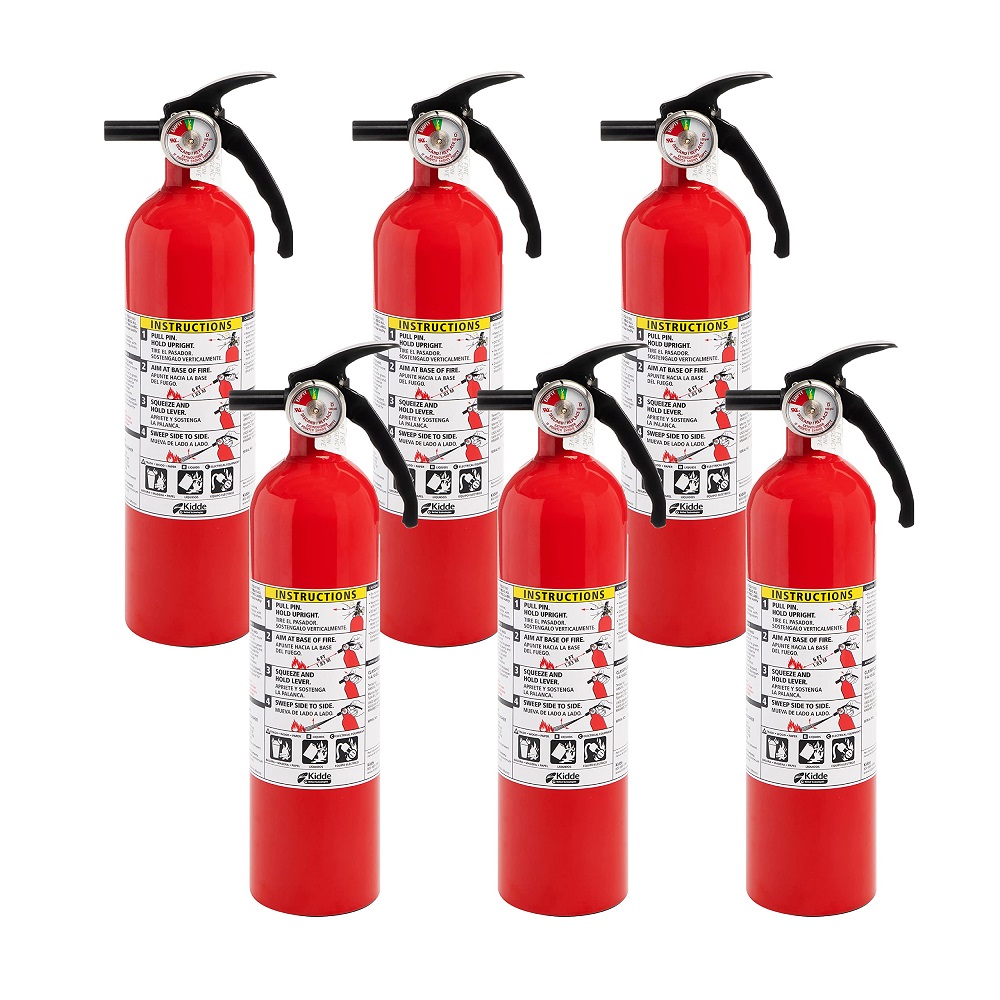
Proper Use of Sodium Bicarbonate Fire Extinguishers
Understanding the PASS Technique
Once you have your sodium bicarbonate fire extinguisher, it’s essential to know how to use it effectively. The PASS technique is a widely accepted method that stands for Pull, Aim, Squeeze, and Sweep. To begin, pull the pin at the top of the extinguisher, removing any tamper seal. Next, aim the nozzle at the base of the flames, not the flames themselves. Then, squeeze the handle to release the agent and, finally, sweep the nozzle side to side to cover the fire evenly. Practicing this technique can make a difference when an emergency arises.
Safety Precautions
While using a fire extinguisher, safety should always be your top priority. Ensure that you maintain a safe distance from the fire and position yourself with an escape route behind you. If the fire is too large or out of control, prioritize your safety by evacuating the area and calling emergency services. Fire extinguishers are effective tools, but they are not substitutes for professional help in serious situations. Always assess the risk and react responsibly.
Maintenance of Your Fire Extinguisher
Regular Checks
Maintaining your sodium bicarbonate fire extinguisher ensures it functions correctly when needed. Monthly inspections should include checking the pressure gauge, ensuring the extinguisher is full and the needle is in the green zone. Additionally, inspect the unit for any visible signs of damage, such as dents or rust. Keep the nozzle clean and free from obstructions to guarantee optimal operation in emergencies.
Professional Servicing
Beyond routine checks, it may be necessary to have your extinguisher professionally serviced every one to six years, depending on the manufacturer’s guidelines. During servicing, a technician will conduct thorough tests to ensure it can deploy effectively. Keeping records of maintenance and service dates can help you stay organized, ensuring your equipment remains reliable.
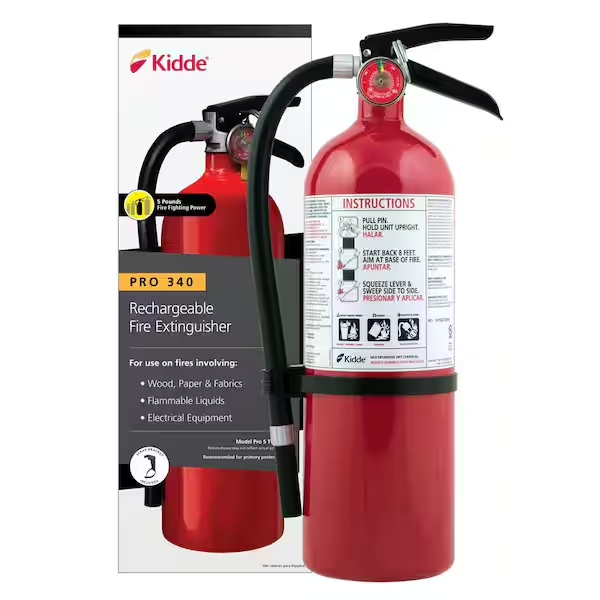
Environmental Impact and Disposal
Eco-Friendly Properties
One of the advantages of sodium bicarbonate fire extinguishers is their eco-friendliness. Unlike some chemical extinguishers that can harm the environment and contribute to pollution, sodium bicarbonate is harmless to the ecosystem. Its non-toxic composition means that accidental releases won’t pose significant risks to wildlife or vegetation. This environmental consideration can influence your decision when choosing fire safety equipment.
Disposal Guidelines
When it comes time to dispose of your sodium bicarbonate fire extinguisher, follow local regulations for hazardous material disposal. Many communities have designated drop-off points for old extinguishers, ensuring that they are treated appropriately and safely. Do not simply throw the extinguisher in the trash, as improper disposal can lead to environmental hazards. Remember to consult local guidelines to ensure compliance and safety.
Beyond Sodium Bicarbonate: Other Fire Safety Measures
Comprehensive Fire Safety Strategy
While sodium bicarbonate fire extinguishers are effective, they should be part of a broader fire safety strategy. Installing smoke detectors, regularly checking their batteries, and developing an evacuation plan for your household or business will create a well-rounded safety environment. Educating everyone in your household or workplace about fire safety protocols ensures that everyone knows the procedures during an emergency.
Regular Training and Drills
Conduct regular fire drills and training sessions to familiarize everyone with the use of extinguishers and emergency protocols. Make sure people understand the risks associated with fires and are comfortable using any fire safety equipment in emergencies. This hands-on experience can significantly enhance reaction times and decision-making during a real fire incident.
The Importance of Fire Safety Education
Understanding your fire extinguisher and practicing the PASS technique is just the beginning. Comprehensive fire safety education is crucial for everyone in your home or business. Consider organizing workshops or informational sessions that cover fire risks, safe cooking practices, and the proper use of extinguishers. Schools, community centers, and workplaces can often facilitate these educational programs, ensuring that people of all ages have access to essential fire safety knowledge.
Prioritizing Fire Safety
Sodium bicarbonate fire extinguishers are an effective solution for combating specific types of fires, making them a valuable addition to your fire safety arsenal. Understanding their limitations and applications is essential, so ensuring you have the right equipment for your needs will bolster your preparedness.
By implementing proper installation, usage, maintenance, and a broader fire safety strategy, you can create a safer environment for yourself and those around you. Empowering yourself with knowledge of fire safety ensures that you’re ready to respond to emergencies with confidence and care. Remember, safety is a collective effort—staying informed and prepared can save lives and protect property in the face of unexpected fires.
